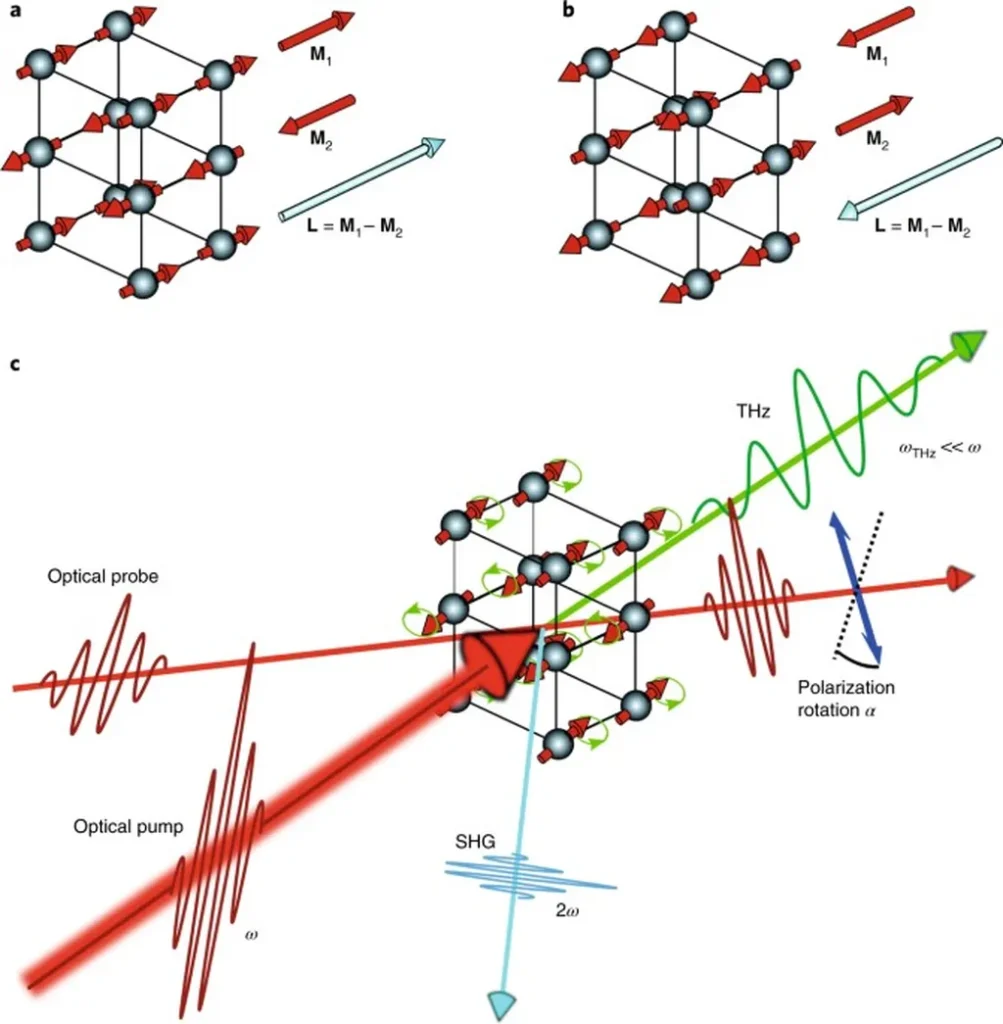In a significant stride towards advancing antiferromagnetic materials for practical applications, researchers have demonstrated a novel method to tune the Néel temperature and enhance the anomalous Hall effect in thin films of Mn3Sn1−x Ga x. This breakthrough, led by M. Raju from the Institute for Quantum Matter at Johns Hopkins University, opens new avenues for developing high-performance devices in the energy sector.
Antiferromagnetic Weyl semimetals, particularly those based on Mn3X (where X can be Ge, Sn, or Ga), have garnered attention for their unique properties. These materials exhibit ferromagnetic-like responses, such as anomalous Hall, Nernst, and magneto-optical effects, even in the absence of large magnetization. The key to unlocking their potential lies in achieving these responses across a broad temperature range, both below and above 300 K.
Raju and his team have successfully addressed this challenge by utilizing sputtered films of Mn3Sn1−x Ga x with variable compositions. “By precisely controlling the composition between x = 0 and x = 1, we can tune the Néel temperature (TN) to range from approximately 425 ± 6 K to 500 ± 15 K,” Raju explains. This tunability is crucial for device applications, as it allows engineers to tailor the material’s properties to specific operational requirements.
The research, published in Communications Materials (translated to English as “Communications on Materials”), reveals that Ga-doped Mn3Sn exhibits an enhanced Néel temperature and an antichiral magnetic phase, while Sn-doped Mn3Ga shows an increased anomalous Hall magnitude compared to their stoichiometric undoped forms. These findings not only deepen our understanding of antiferromagnetic materials but also pave the way for their integration into practical applications.
One of the most compelling aspects of this research is its potential impact on the energy sector. The ability to control and enhance the electromagnetic responses of these materials can lead to more efficient and powerful devices for energy conversion and storage. For instance, the anomalous Hall effect can be harnessed to develop highly sensitive magnetic sensors, while the magneto-optical effects can be utilized in advanced optical communication systems.
Moreover, the tunability of the Néel temperature allows for the design of materials that can operate at elevated temperatures, making them suitable for harsh environments such as those found in industrial and automotive applications. This versatility could revolutionize the way we approach energy management and utilization.
As the world continues to seek sustainable and efficient energy solutions, the development of advanced materials like Mn3Sn1−x Ga x thin films becomes increasingly important. Raju’s work not only pushes the boundaries of material science but also sets the stage for innovative technologies that can drive the energy sector forward.
In the words of Raju, “Our results demonstrate a route to optimize technologically relevant antiferromagnets for various applications.” This optimism is shared by many in the field, who see this research as a stepping stone towards a future where antiferromagnetic materials play a pivotal role in shaping the energy landscape.

